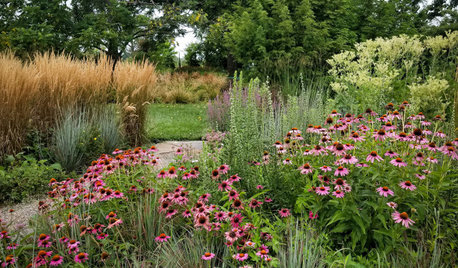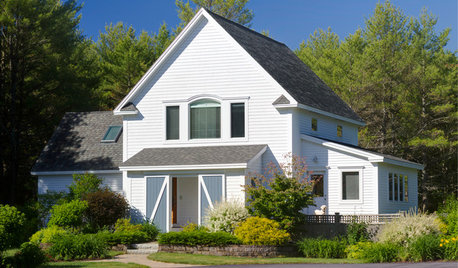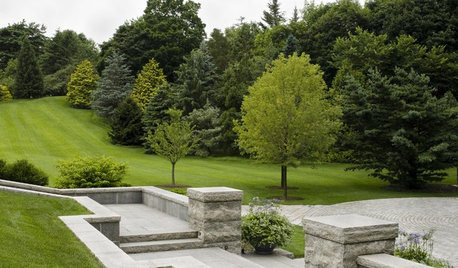bad news: ACP found in San Jose (Northern California)
serge94501
9 years ago
Related Stories

LIFECould Techies Get a Floating Home Near California?
International companies would catch a big business break, and the apartments could be cool. But what are the odds of success? Weigh in here
Full Story
LANDSCAPE DESIGNCalifornia Says Goodbye to the Sprawling Ornamental Lawn
New state rules will effectively limit turfgrass to 25 percent of the landscape in most new and renovated yards
Full Story
GARDENING GUIDES6 Steps to Creating Your Butterfly Garden
Encourage these fanciful winged beauties to visit your garden while helping restore their fragmented habitat
Full Story
FALL GARDENING20 Favorite Flowers for the Fall Landscape
Vivid blooms and striking shapes make these annuals and perennials a delight in autumn gardens
Full Story
GARDENING GUIDESOh, Deer! 10 Native Flowers That Stand Up to the Herds
Keeping a garden amid hungry deer can be hard, but these plants should fare well
Full Story
SAVING WATER11 Ways to Save Water at Home
Whether you live in a drought-stricken area or just want to help preserve a precious resource, here are things you can do to use less water
Full Story
MOVINGTips for Winning a Bidding War in a Hot Home Market
Cash isn’t always king in a bidding war. Get the home you want without blowing your budget, using these Realtor-tested strategies
Full Story
MOST POPULAR15 Remodeling ‘Uh-Oh’ Moments to Learn From
The road to successful design is paved with disaster stories. What’s yours?
Full Story
COLORPick-a-Paint Help: How to Quit Procrastinating on Color Choice
If you're up to your ears in paint chips but no further to pinning down a hue, our new 3-part series is for you
Full Story
LIFEWhy We Want a House With a Great View
Research shows that just looking at nature has powerful mental benefits. Here's how to get a boost — with or without a million-dollar view
Full StoryMore Discussions






hoosierquilt USDA 10A Sunset 23 Vista CA
serge94501Original Author
Related Professionals
Camas Landscape Architects & Landscape Designers · Graham Landscape Architects & Landscape Designers · Kapaa Landscape Architects & Landscape Designers · West Chester Landscape Architects & Landscape Designers · Manchester Landscape Contractors · Pottstown Landscape Contractors · Cambridge Landscape Contractors · Cicero Landscape Contractors · Fair Lawn Landscape Contractors · Gurnee Landscape Contractors · Las Vegas Landscape Contractors · Ocoee Landscape Contractors · Yukon Landscape Contractors · Baileys Crossroads Landscape Contractors · North Hills Landscape Contractorsfruitmentor
hoosierquilt USDA 10A Sunset 23 Vista CA
johnmerr
fruitmentor
hoosierquilt USDA 10A Sunset 23 Vista CA
johnmerr
hoosierquilt USDA 10A Sunset 23 Vista CA
serge94501Original Author